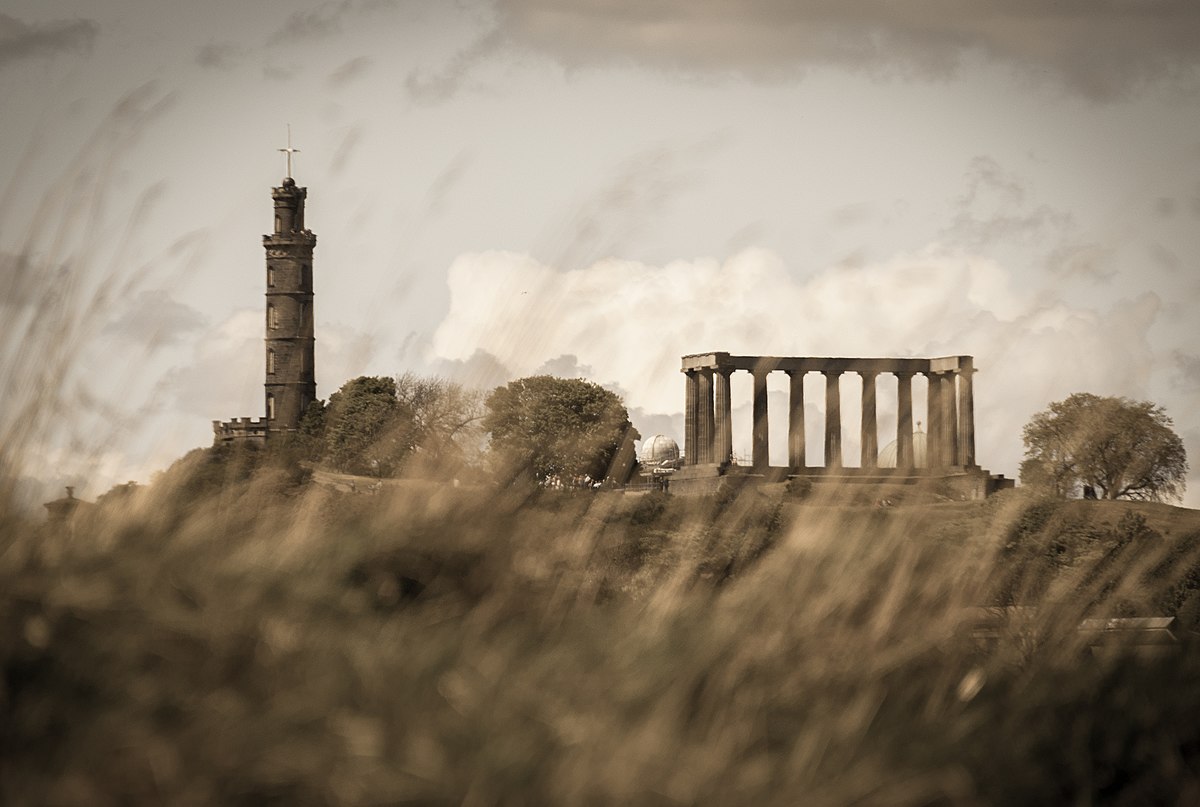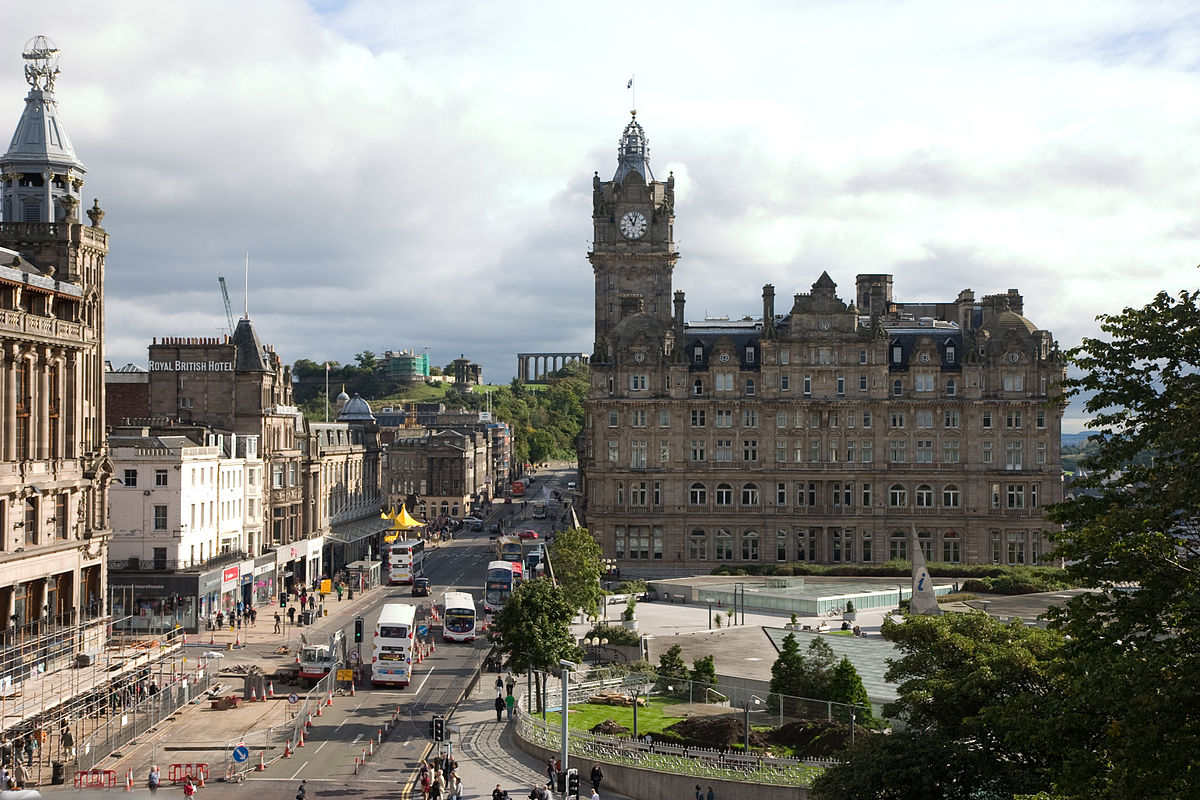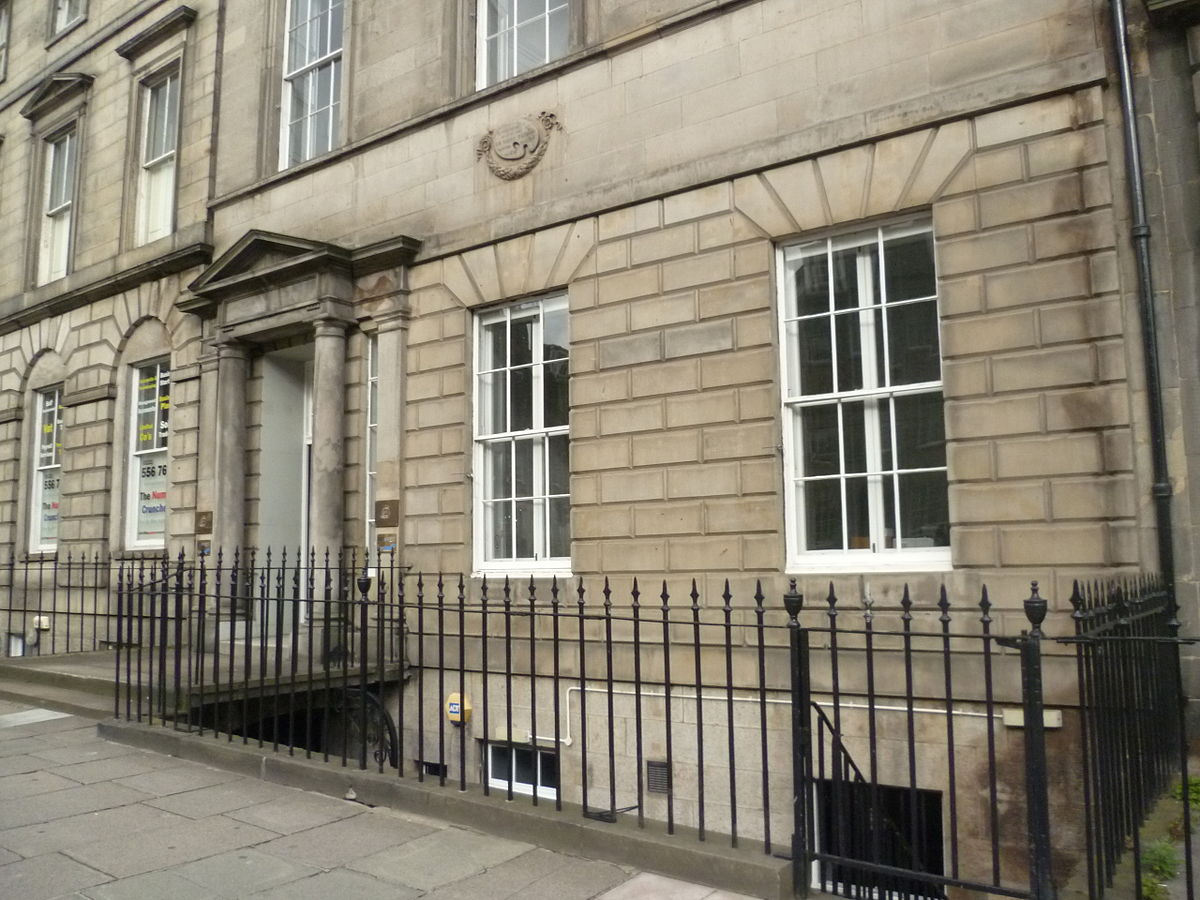
Henry's Raeburn studio, York Place
Photography: Kim Traynor, Wikimedia Commons (BY-SA)
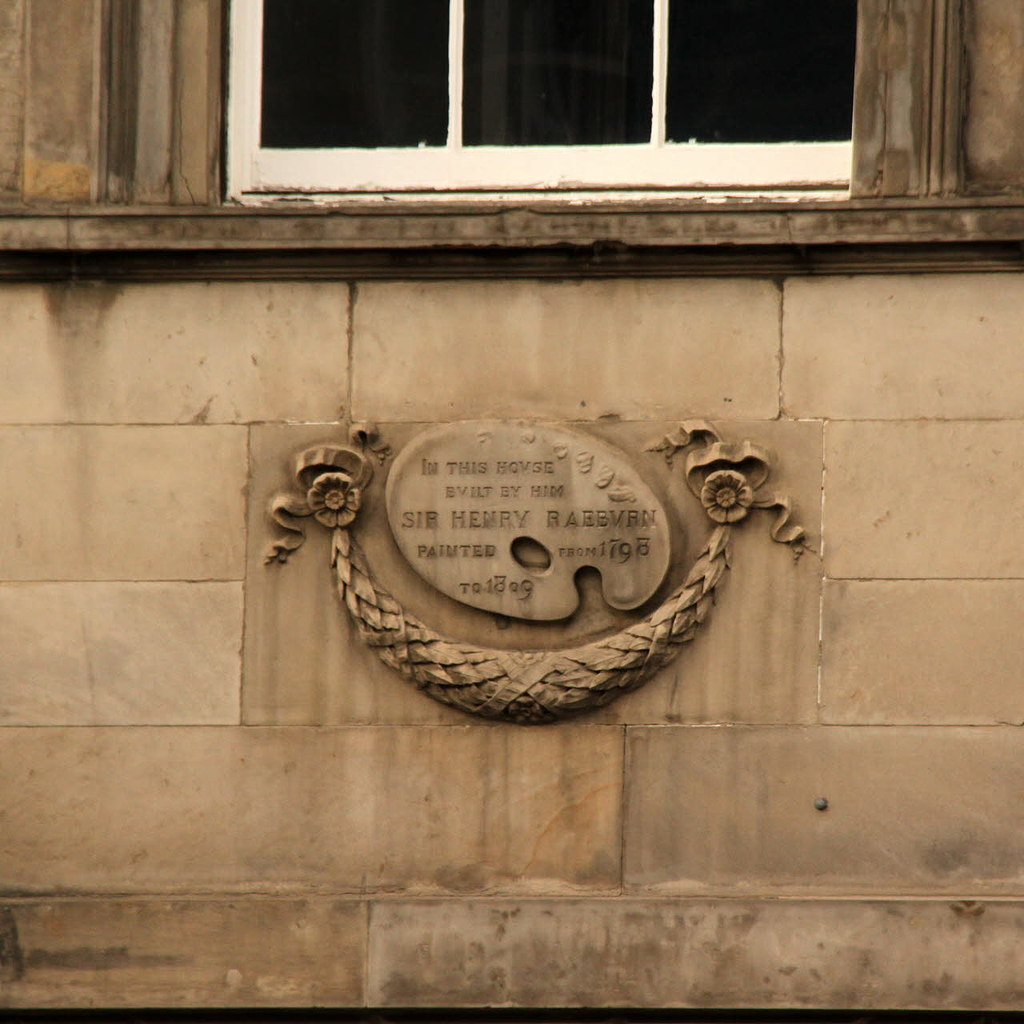
Commemorative carving on Sir Henry Raeburn's House, York Place
Photography: Alan Murray-Rust, Geograph (BY-SA)
Raeburn & Nasmith on York Place
Henry Raeburn (1756 – 1823) was a largely self-taught, but highly successful portrait artist, who eventually became official Portrait Painter to King George IV in Scotland. He lived and worked at 32 York Place between 1798 and 1809. Some of his success has been attributed to his genial personality which tended to put his subjects at ease. One of his most famous paintings, that of the Skating Minister, 1790, has become something of an icon of Scottish Enlightenment culture. The subject was the Reverend Robert Walker (1755 – 1808), Minister of Canongate Kirk and member of the world’s first figure skating club, founded in 1742. Nonetheless, in 2005 a controversial theory was promulgated by the curator of the National Gallery of Scotland, Dr. Stephen Lloyd. He proposed that the true artist was Henri-Pierre Danloux, a French painter who spent time in Edinburgh in the 1790’s painting exiled members of the French royal family. It is true that the painting bears no resemblance to any other work by Raeburn and further evidence was provided in 2013, when X-rays failed to show lead-white paint in the face, rendering it inconsistent with Raeburn's other work.
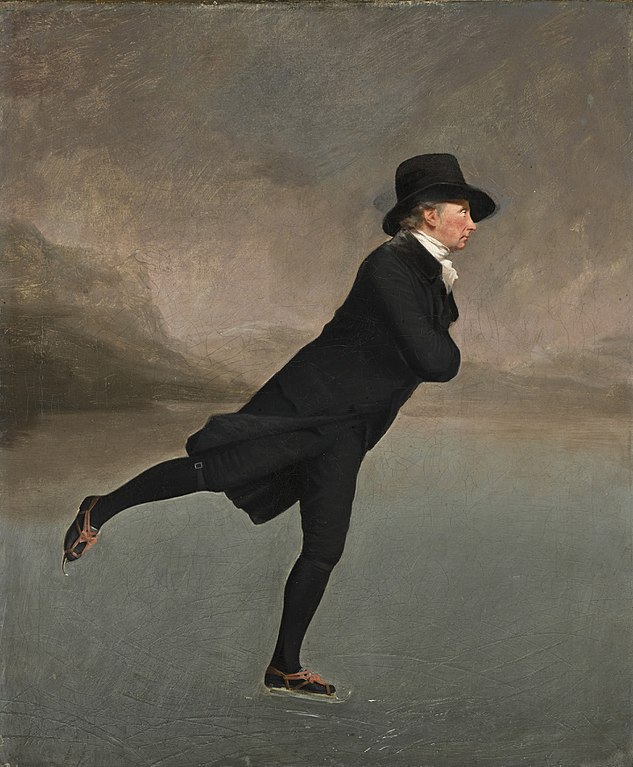
Henry Raeburn (1756-1823), attributed, The Skating Minister (Robert Walker)
Edinburgh, Scottish National Gallery
Cross the street to number 47.
Alexander Nasmyth's House
On the opposite side of the street at 47 York Place, the portrait and landscape artist Alexander Nasmyth (1758 – 1840) lived and died. He was a pupil of Allan Ramsay and, after periods of study in London and Italy, he returned to Scotland in 1784 where he initially attained fame as a portrait artist. He also established a school of drawing and, according to the cultural historian Robert Hewison, he thereby "instilled a whole generation with the importance of drawing as a tool of empirical investigation." One of Nasmyth’s most famous portraits, as reproduced below, is in turn, the most famous image we have of the poet Robert Burns. Nasmyth and Burns were, in fact, good friends and both were high-ranking members of the Freemasons. In 2017 the Burns expert, Jerry Brannigan reported that a number of Masonic signs, such as a comet and hooded figures, invisible to the naked eye had been uncovered in several Nasmyth paintings made of Robert Burns. Brannigan noted that Halley’s Comet was in the sky when Burns was born. The comet has often been ascribed as an omen of the birth of a great person. However, the masonic "Blazing Star" is also recognized as one of the most important symbols of Freemasonry.
Alexander Nasmyth had a son, James Nasmyth, who was born at 47 York Place, and who achieved fame as the inventor of the steam hammer.
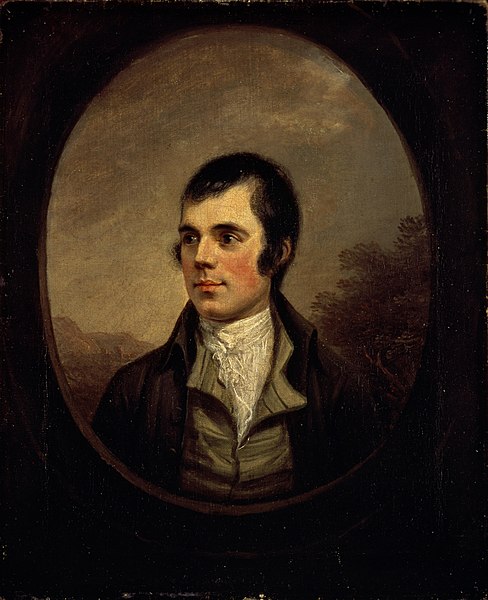
Alexander Nasmyth (1758–1840), Robert Burns, 1759 - 1796. Poet 1787.
Edinburgh, Scottish National Portrait Gallery
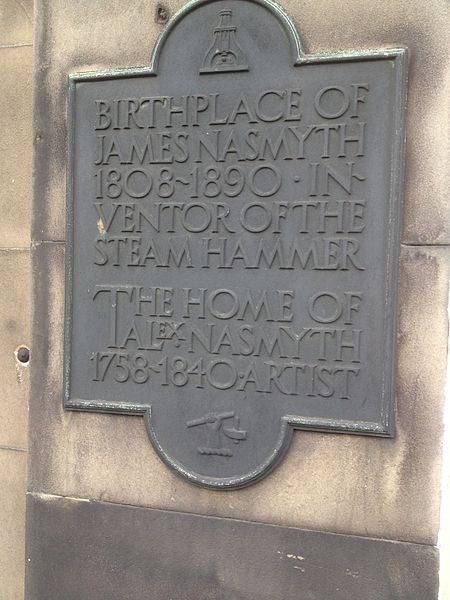
Alexander Nasmith, York Place
Photography: Sylvia Stanley, Wikimedia Commons (BY-SA)
